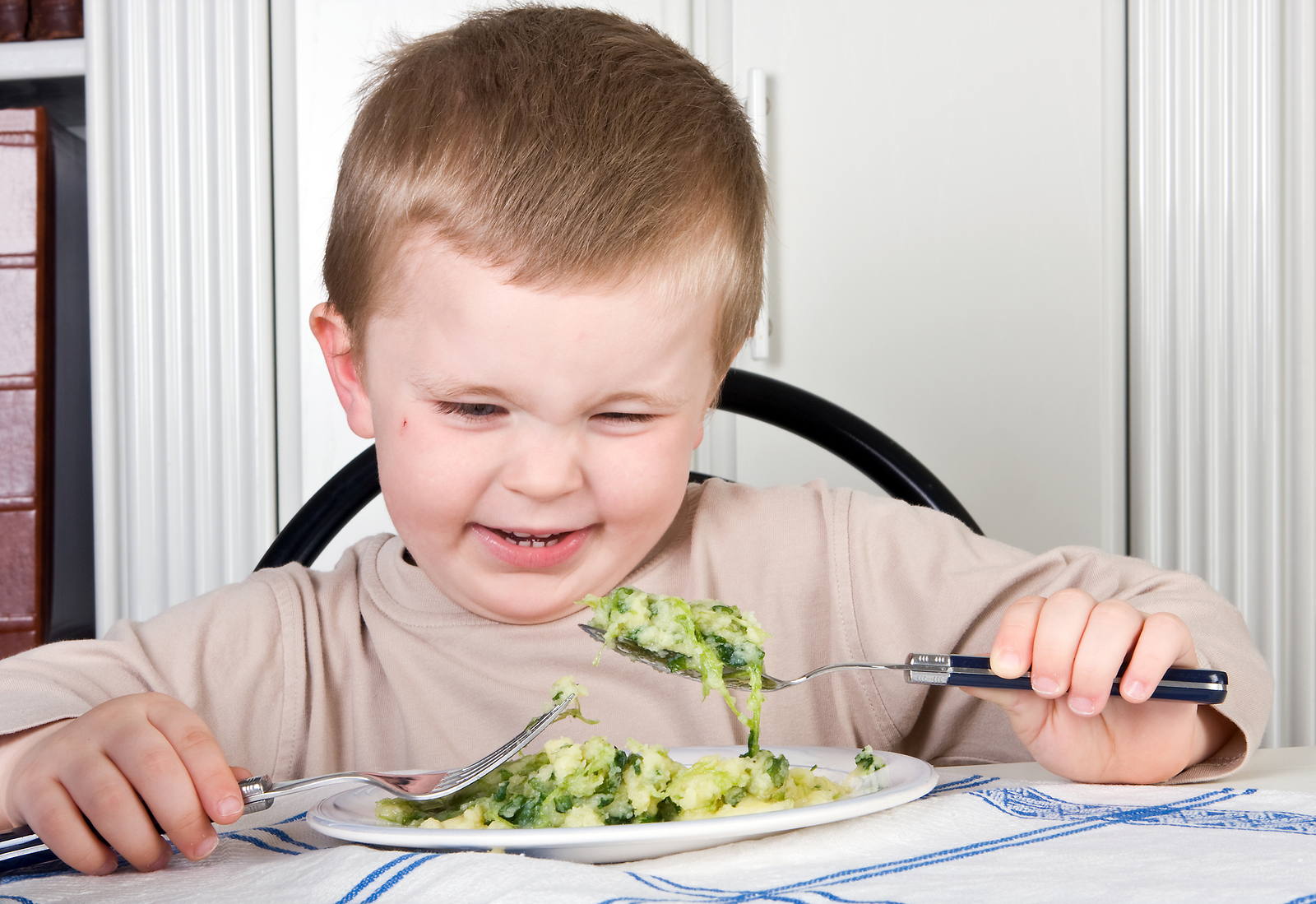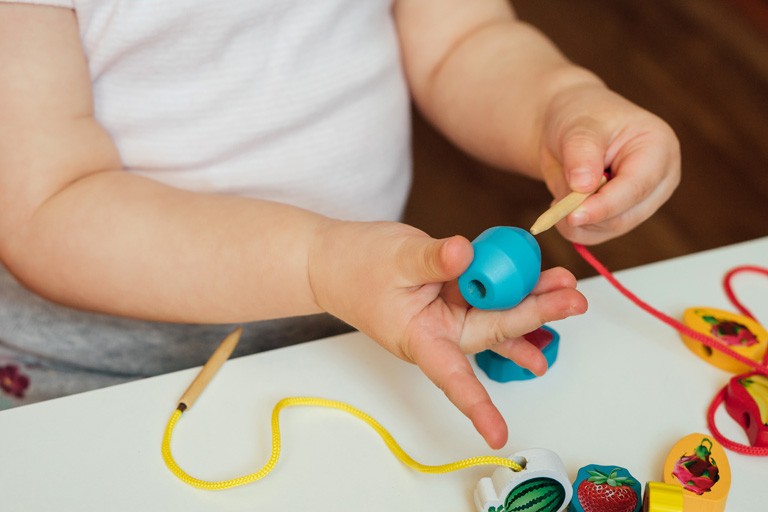
Holiday “Dieting”: Sensory Edition
November 28, 2018
Recommendations for Early Childhood Screen Time: Making Good Choices Related to Screen Time
December 20, 2018Copyright 1997/2019 Kay A. Toomey
Kids are frequently viewed as being picky eaters (especially when it comes to eating vegetables). It can be difficult to find new foods that they will eat or you might find yourself making the same meal over and over again for your child because it’s a guarantee they’ll eat it. Sometimes, these picky eating behaviors can be more extreme and be more stressful for a parent to deal with. In general, the difference between the two types of eaters is:
Picky Eater
-will typically eat at least 30 different types of foods
-eat at least one food of every texture (soft, crunchy, puree, chewy, etc.) and from each food group (vegetable, fruit, protein, starch)
-allow a new food to be on their plate or near them, may even at least touch or take a small taste
Problem Feeder
-will typically eat fewer than 20 different foods
-often will stop eating foods they used to eat and refuse to return to eating them again
-become upset when exposed to new foods and refuse to interact with them in anyway (look, touch, smell, taste)
-refuse entire food groups or textures (won’t eat any purees, any crunchy foods, etc)
One of the biggest things you can do is to keep mealtime a positive experience for both you and your child. Try to avoid forcing them to try new foods, instead encourage them to interact with new foods in small ways. “Can you squish the pea with your fingers?” “Watch Mommy kiss the carrot, now it’s your turn!” Even just having new (scary) foods on the table nearby your child is a step in the right direction. Slow and steady definitely wins the race when it comes to helping your child try new foods.
If you have concerns about your child’s feeding behaviors, please contact your pediatrician and/or request an EI evaluation to see if occupational therapy could help your family with your child’s feeding difficulties.
Copyright 1997/2019 Kay A. Toomey


 Send to a friend!
Send to a friend!


